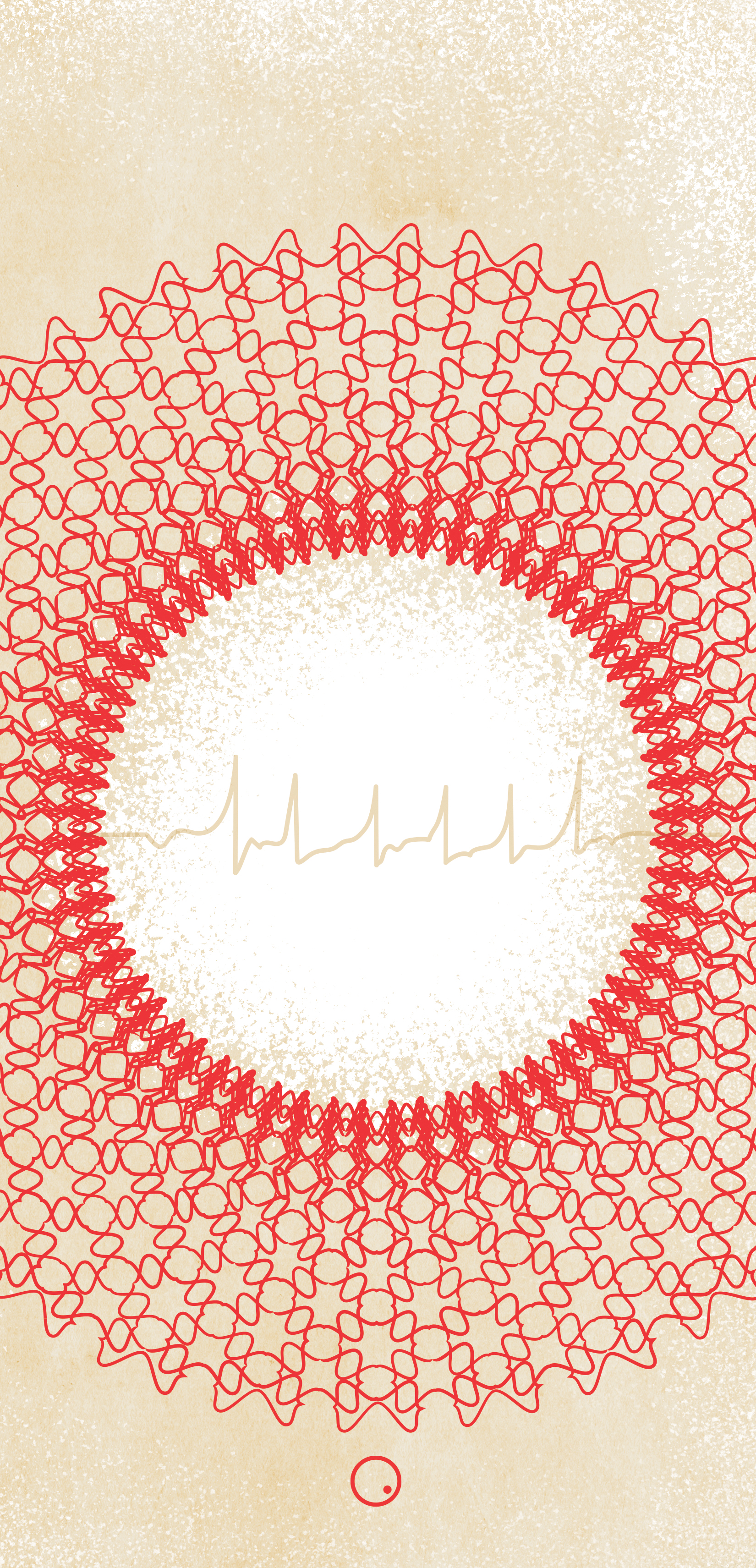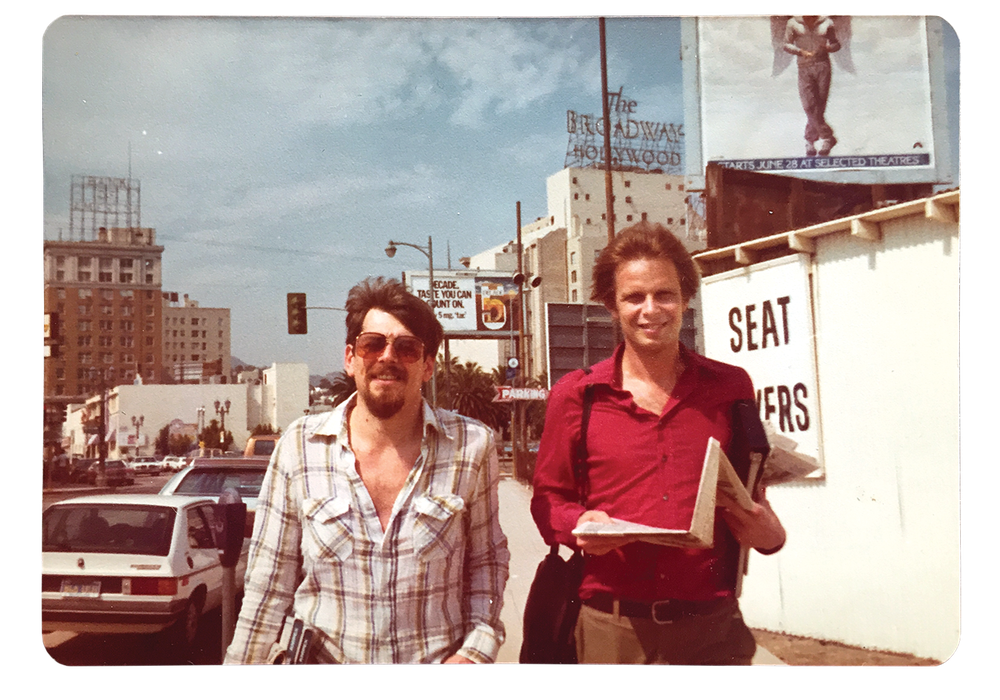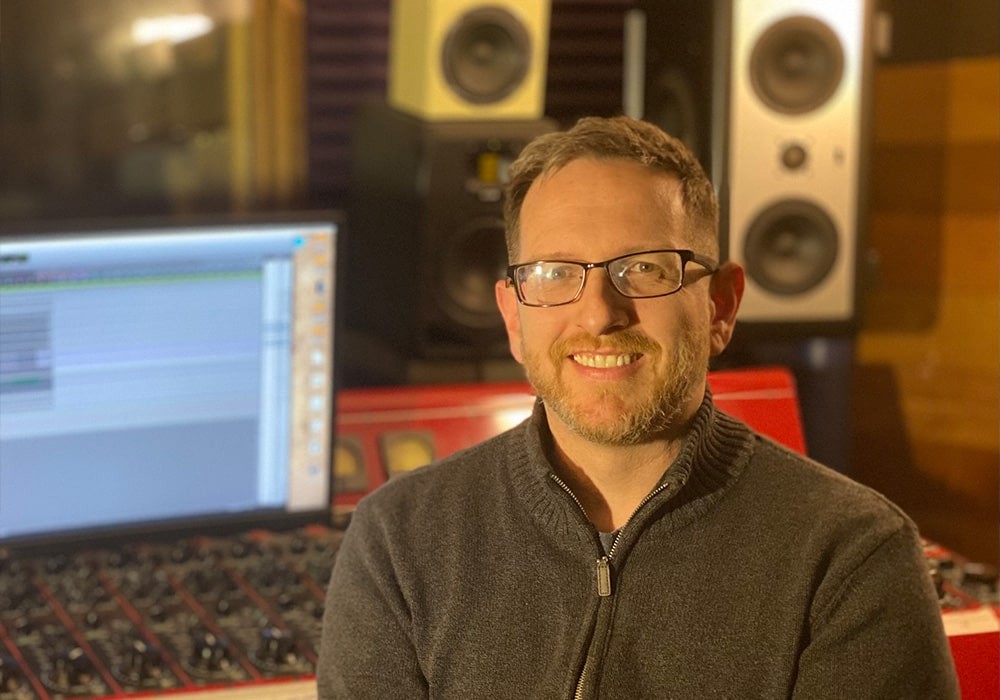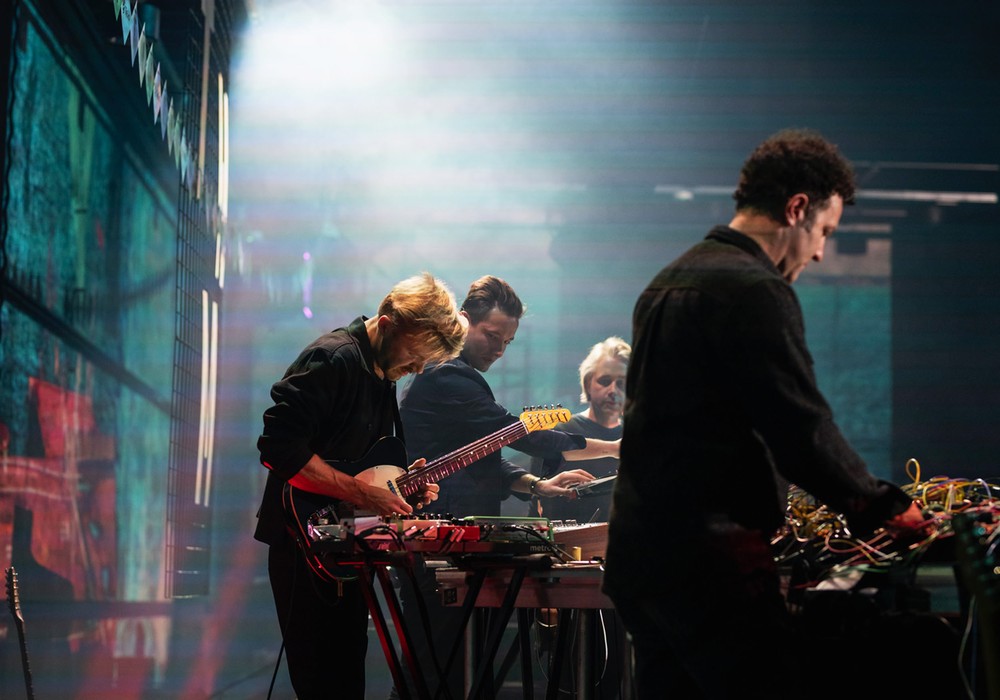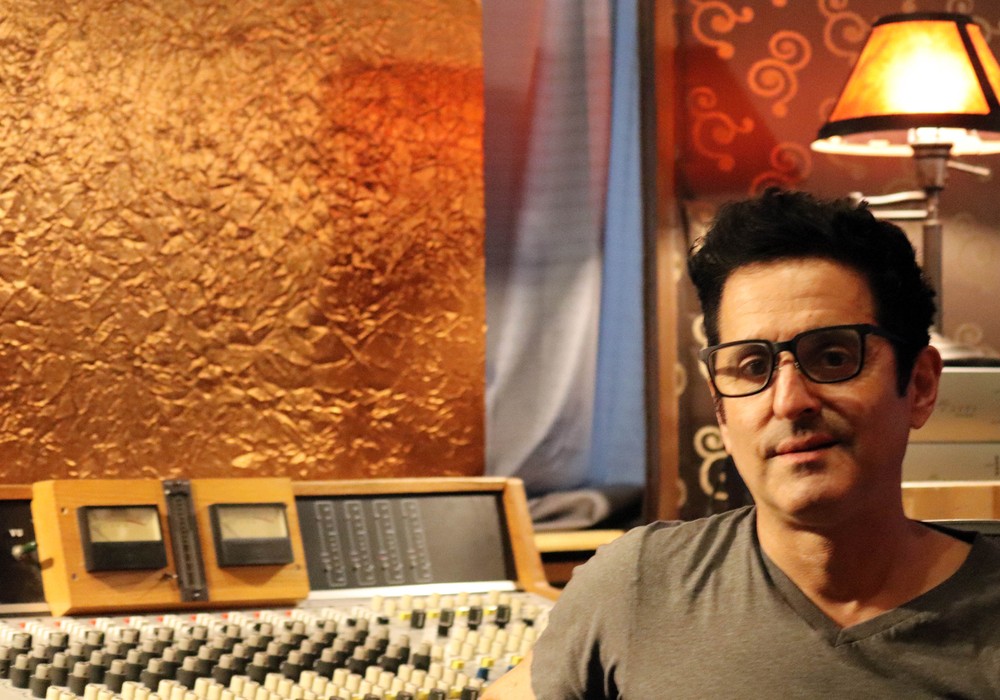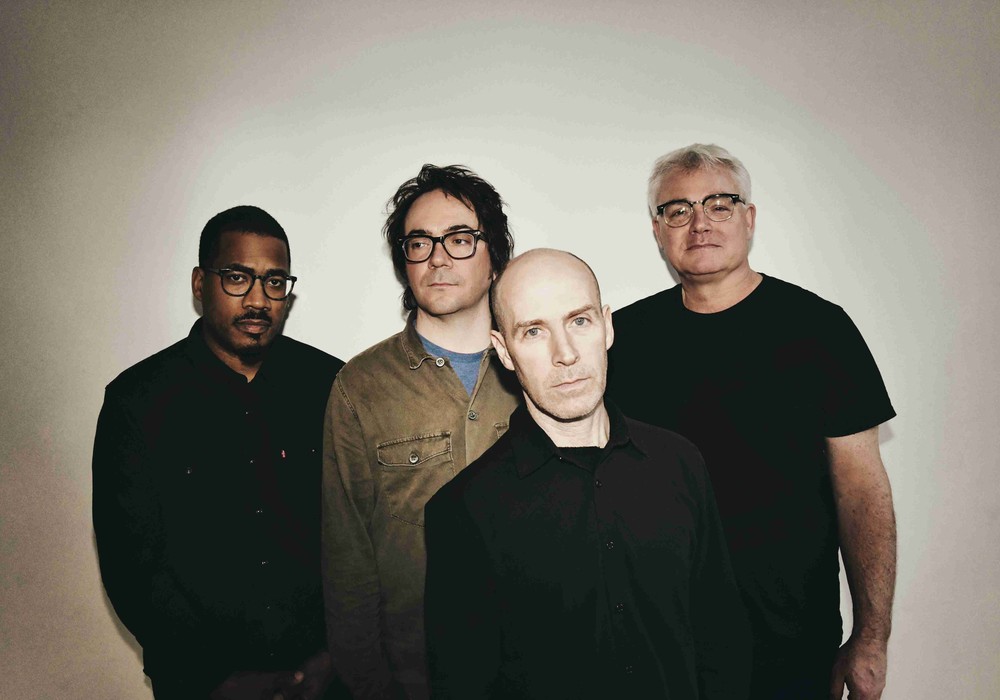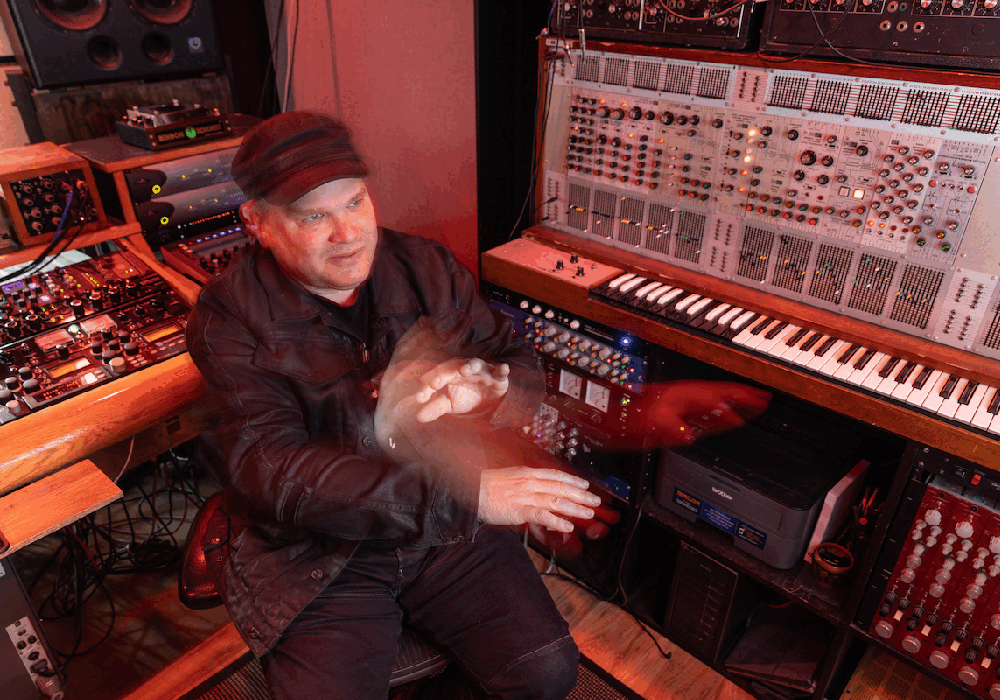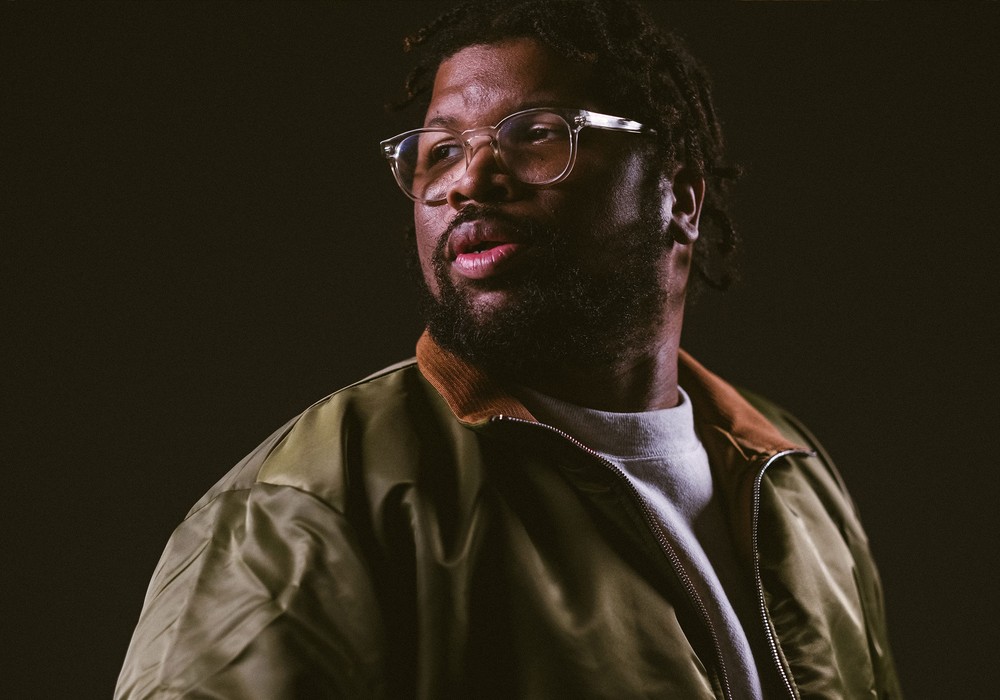Whenever a rave flyer adorned with hentai-anime lasses, regurgitated-Lifesaver colors and fudged-up vector shapes blows onto my leg, I think of The Books and exhale. The NYC/Massachusetts duo make high-fiber, organically farmed electronic music that often resembles a 23rd century bluegrass band. In short, they're one of the many artists who assure me that progressive electronica exists elsewhere whenever I see "progressive dance" DJ Paul Oakenfold in a Christ pose. The Books' Nick Zammuto and Paul de Jong typically shatter and stitch back together hundreds of acoustic string notes, field recordings and samples of oddball gobbledygook into collages that are as folksy as a Jasper Johns found-art sculpture, while looking two centuries ahead. Their music often moves like an android made of empty tomato cans, broken pencils, and a ham radio for a voice. Many critics tagged their 2002 debut album and cult-hit, Thought for Food, and its follow-up The Lemon of Pink, as shining examples of "folktronica", although the band shrugs the label off. The Books recently won the Sony Academy Gold Award for their musical work with radio artist Gregory Whitehead on the BBC piece, The Loneliest Road, and their new album, Lost and Safe, is out now.
How long have The Books been around?
Nick Zammuto: About three years. We met in New York in 2000. We happened to live in the same apartment building way uptown in Manhattan, in a little town called Inwood over by Washington Heights.
So what do you describe your music as?
NZ: [laughs] "Western-Eastern". That would be the best word. "Country-and-Eastern". I don't know. We don't think about it very much. It's not something that's helpful to us.
Some people call The Books "digital folk" or "folktronica".
NZ: It is an idea that resonates with me. Everybody now has a computer who wants one, and if they want to make music, the technology is readily available. In a sense, electronic music is folk music, because it's readily available, and you can share it directly with your friends and community. However, people can get caught up in the instrumentation, where a banjo is instantly "country western". That stuff doesn't make much sense to me. But the idea of people taking back music through technology that's readily available makes sense to me.
PdJ: You don't need a studio to make music — it can be your own home. I think there are similarities between folk and say, house music, as the line is being blurred between professional and amateur music, which I found to be quite limiting. Those distinctions are discouraging to people trying to do their own stuff.
Where is your studio?
NZ: Paul lives in New York City, while I live in a town in Massachusetts called North Adams. I would say our main studio is up here [in North Adams], as most of Lemon was done here in this ramshackle house that was extremely cheap to rent and was very cold in the winter. But it was nice, because I was able to soundproof a room that was right next to the kitchen. I had my computer's cable go through the wall into the other room where the band was, so the studio was nice and quiet.
What instruments do each of you play?
NZ: Whatever we can get our hands on. Paul is a classically trained cellist and he's been playing since he was very young. Between us, we have a couple of acoustic guitars. A fretless, mountain banjo made an appearance on Lemon. We've got a mandolin that has seven strings. We also got a lot of pots, pans and silverware.
PdJ: We've got a cello, violin, and some microphones.
Do you record on tape, or directly to hard disk?
NZ: It's all direct to disk. For field recordings we use a Sony Minidisc or a DAT recorder. We record in stereo whenever possible.
PdJ: Minidiscs are on their way out though.
NZ: Yeah, the sound quality doesn't capture reality all that well.
It's interesting that you record directly to disk, as your digital recordings sound like they were recorded on analog tape, due to their warm background hisses.
NZ: Well, thank you. Man, I'd love to get my hands on a reel-to-reel tape deck! But I haven't come by one yet. We record direct to disk and get very careful about how we master things to not sound too raw. All of the information is there when you record direct to disk, but it's not all ready to be heard.
When you guys compose your songs, is it through jamming-and-chopping, or are they constructed bit by bit?
NZ: It's a little bit of both. I play the guitar, but I'm not that good a guitarist, so I animate the guitar by recording it in all kinds of different ways, like recording the single notes and chords, and taking them in their raw forms to digitally put them together.
PdJ: We don't really use that many methods. We just play whatever is good for the ideas that spring up at the moment. Things often come out in a jam that becomes a motive to work on, and we then create and add single parts from scratch.
What programs do you use to edit together these fragmented notes and samples?
NZ: It's pretty much the Sonic Foundry stuff — standard consumer software like Sound Forge and Acid.
PdJ: They're really loop-based programs.
NZ: They actually work well despite their limitations. They're good for layering. They're RAM-based samplers, so with as much memory as you can get, you can play all of these sound simultaneously. They're good, transparent and easy to use.
How many samples went into Lemon?
PdJ: When I visualize the record, every sample is a track. However, we also use lone recordings at times. One song can have up to 150 samples that are sometimes reused.
NZ: And there are a lot of samples in the final product that you'll never hear unless you're really listening for it. There's a sort of subliminal usage of samples and instrumental parts that flavor what we're interested in. It's a subtle and pretty time-consuming process, where there are often hundreds of edits in every song. But it's obviously different with each [song].
When you guys compose a song do you sit together and decide each and every sample and note to use?
NZ: That's sort of erratic. Sometimes we're working by ourselves and sometimes we're working together, but we're always sharing and bouncing off each other's work.
So you email sound files to each other?
NZ: No, we've never done that. I've never had the bandwidth. When I have a connection, it's always dial-up, which can't handle WAV files too well. We've been sending CD-Rs, mostly, when we work remotely. Paul has one of those external hard drives, and that's been really useful for transferring large amounts of data from one computer to the other, from studio to studio.
What computers do you guys use?
PdJ: Right now, in the North Adams studio, we use a Sony Vaio, where the whole of Lemon of Pink was done. We also added to the record with my computer, a [Hewlett-Packard] Pavilion, as well.
It's interesting that you use PCs, since the Macintosh is the standard for most electronic musicians.
NZ: Now everyone will sneer at us because we use PCs. [laughs] But we grew up using PCs, or at least I grew up using PCs. So for no good reason we use PCs.
PdJ: I didn't have a computer for the longest time but I worked on a very simple Mac until I met Nick. It was mostly for computer-aided scoring and that was all I needed. When we started working on our first record, Nick moved out of New York, so we each got a computer for our own studios.
What samplers do you use?
NZ: Paul has a Roland SP-808. But we never really use any equipment outside of the PC.
Plug-ins?
NZ: Not even plug-ins. The only effects we use are EQ, simple volume stuff, and maybe a Dynamics mixer once in a while.
PdJ: I also use a program to clean up the noises from the samples.
NZ: Yeah, noise reduction is important, but we mainly use mastering tools more than, say, DSP-heavy processing.
Is there an advantage in using a little DSP?
NZ: It's an advantage in the sense that they allow the sounds to be what they are.
PdJ: If it ain't broke, don't fix it. [laughs]
NZ: We focus on the quality of the sounds from the beginning, and work with what's already there. What comes through goes straight through the heart of the sound, it doesn't cover it up.
PdJ: These [DSP] effects often unify sounds with a character that they can share, but they often obliterate their true characteristics. Instead of adding to those sounds, you should be listening to what they already have in common.
NZ: That's our aesthetic. We think of it as working with natural sunlight, instead of an artificial one.
As you may know, we live in a time of heavy DSP usage among electronic artists.
NZ: Some of that stuff is extremely exciting. But we can't go halfway with it — we keep ourselves on a certain path. I heard this phrase yesterday: "Hunger is the best sauce." We figure as long as the sounds are really what you want to hear, then that's enough.
What's the main technical challenge in composing and recording your songs? Is it keeping everything in key?
NZ: Yeah, that's a big issue. What we basically do is tune [the samples and notes] on several different levels, like the pitch, timbre, and the volume level, and then getting things to work dynamically with each other with some really fine changes. The position of the beat and rhythm can have a huge effect on its mood and intensity. There's also tuning in an emotional sense, where you can find two fragments that work together and elevate them.
PdJ: The challenge is to be confident enough to really take time to listen and keep experimenting a lot.
NZ: The cool thing about electronic music is that it's 99-percent listening and one-percent action. You sit there and listen over and over again. It's not like playing an instrument and being there with the instrument and having everything happen at the same time. There's a much more layered feeling in listening to electronic music, because you get to know the sounds so well, and really hear them as they become uniquely yours. It's like watching a movie 40 times, and seeing things in the characters that you wouldn't see otherwise.
PdJ: There's a big difference in using the sounds from the instruments and completely reconstructing them on a computer, along with finding larger fragments as a fluke and putting them on tape. With playing an instrument, you get the recording studio jitters.
NZ: Having a studio that's next to the kitchen really helps in a way. In that documentary Modulations, there's a great scene where Tom Jenkinson of Squarepusher is cooking really greasy bacon and eggs at four in the morning, and says that the best thing about electronic music is that you get up in the middle of the night and work on a track. It's that comfortable, no-pressure feeling that definitely gets into the recording. But whenever there's somebody else in the room, you're always aware of them and it affects your playing.
Were both of your albums recorded on shoestring budgets?
NZ: [laughs] Yeah, definitely. I have like $20 in my bank account! It's hard, but worthwhile.
What are some of the samples? Are they often wacky, what-the-hell-was-that? messages?
NZ: Yeah, we just have an enormous number of samples, so choosing them is always difficult. But we have folders with titles like "Must be used". We have this one folder called "All A's," where with every tonal sample we have, we got out a tuning fork to tune it to A. This folder has over 400 sounds that are tuned to A — so that becomes an amazing instrument, because you can play [the library] as a keyboard where every key is an A.
PdJ: It's a library that grows arms and legs, often in the most unexpected places.
NZ: In a live context, it's nice to play the longer samples that stretch out time and are more relaxed than what we use on our recordings. We have this great [Zen scholar] Alan Watts sample, where he lectures about "going to school," where you get your first grade, second grade and so forth, and then you're selling insurance, and then you wake up and you're 40 years old, saying, "By God, I have arrived!"
PdJ: We look for a certain narrative that can be very humorous or profound, but always has a musical quality.
Where do you get your samples?
NZ: Anywhere and everywhere. We get a lot of them through the needle and a lot of them through the microphone — plus a little bit from television and the radio.
How do you download the samples into your hard drive?
PdJ: I record the samples directly to CD, uncut. From CD, I load it into my hard disk. If the sound quality is really dirty, I'll clean it up, but I usually don't do too much. On the hard disk, I open up the samples that are like, 18-25 minutes long, and make sure everything has a consistent sound quality. I used to clean them up pretty well, but these days, I just clean them up [in a condition] where we know how to use them. Sometimes the acoustic qualities get preserved when the sample is unclean, as the frequencies just need to be tweaked a bit.
What program do you clean the samples with?
PdJ: I use Sound Forge.
NZ: It has a noise reduction plug-in that has a click-and-crackle removal that's pretty excellent. You usually buy it separately, but it might be included in the latest [Sound Forge] version.
There's a greater "glitch" element in Lemon, which distinguishes it from the first record that mainly sounds devoid of computer edits. Was this intended?
NZ: The aesthetic is always in flux, but the word "glitch" gets used in so many different ways. We tend to stay away from traditional trap-drum or percussion sounds. It's all-pervasive in music. It's difficult to find a record out there that doesn't have cymbals or a kick drum. So, we decided to see what would happen if we just left it out. A great way to solve that problem is using the melodic element as a percussive element as well. If you add glitches to the melodic elements or sharp cuts between them, then you make them percussive.
PdJ: Personally, we don't have a background in percussion, other than the sounds that we hear around us. I think that there's percussion everywhere, and we try to notice that to our advantage.
Hip-hop DJs who mix horn breaks into sets are sometimes asked, "Why don't you just blow a trumpet instead?" Since you guys use computers to stitch together melodies and riffs, why don't you simply play them without computers and samplers?
NZ: That's an excellent question. [Digital sampling] is really a spiritual thing more than anything else. It's a way to connect with the body of sound that's already out there, to recognize that you listened to it really carefully. It's not wasteful. It's extremely important to use our samples with the utmost integrity, and not diminish their quality. Sampling really works when you connect all of the disparate elements. It's very spiritual. I don't want to sound like Alan Watts [laughs], but it feels good to connect with other artists [by sampling].
PdJ: There are instrumental samples that represent an abstract dream world for me, that I'm unable to recreate myself in that particular way.
In Lemon, what's the ratio of sampled and live-performed parts?
PdJ: Most of the instrumental parts are more live than you think.
NZ: When you hear the guitars, they're mostly our guitars. I think it's pretty easy to hear what was recorded in our studio, and what was sampled. We don't try to color our own recordings to make them sound older. There's the whole history of studio engineering built into the samples that were [created and] listened to with totally different sets of ears.
Why do you master your own tracks?
NZ: It seems that a lot of people are sending out their work to be professionally mastered. That wasn't an option for us because we had no money. We figured, "What the heck? We'll do it ourselves." So we did, and we take a lot of pride in it. We basically figured out how to use mastering as part of the composing process, which I think is an amazing step forward for any artist who wants to really control the waves that end up on the record.
PdJ: We figured out how to master with the [software] we had, and it's really simple to do at home.
NZ: The biggest piece of advice I'd give is to create a listening environment that's really stable to work in. The best way to learn how to master is to get your favorite records together, the ones that sound the best to you, and load it onto your computer. Now, listen to your own tracks relative to those and see the differences in volume, timbre, etc. Mostly it's just a volume and EQ issue. Sometimes it's a compression issue, where it's easy to overuse, but can be useful for giving things a body and brightness. That's a big part of what we do. We mix down not only the final stereo track, but different elements that correspond with each track. Maybe we'll do a five-part mixdown, and we'll master each one with volume adjustments to get the overall dynamic that works right. Then, we'll get all the stereo tracks together and give it an order that makes sense, where the transitions are just right. So there are a lot of elements that you can control with simple equipment.
How did you collaborate with Prefuse 73?
PdJ: I still haven't heard [that record]! Scott [Herren] started getting in touch with Nick about a year ago, around the time The Lemon of Pink was released. He was really enthusiastic about it. There were a series of friendly exchanges by email and nothing more. We don't really know him, but we've listened to his Prefuse and Savath + Savalas records. He started asking us if we wanted to send him samples to remix. We sent him a CD of improvs and strange leftovers — mostly familiar things from The Lemon of Pink. He must be really prolific, because two weeks later, he already announced an EP that he did. I hope we hear it before it comes out, it's going to be on Warp, I suppose. If not, we'll just have to download it like everyone else. [laughs]
Could you describe Gregory Whitehead's The Loneliest Road?
NZ: The drama itself is about a group of crazy people who don't know each other and live out in the "Loneliest Road" in America, out in the desert. It takes place along Route 50. It's basically monologues, and conversations between these characters.
What did The Books contribute to this piece?
NZ: Before [Whitehead] wrote the script, we gave him a CD of sketches and improvisations, mostly just acoustic instruments: cello, guitar, violin and banjo. He took it on a trip to Nevada and drove along Route 50, listening to the music and formulating ideas. So the music came first. The vibe inspired his writing and he recorded the actors. We got together and did a little more composing and improvisation. We sat in on the entire production process.
PdJ: Gregory heard our records and first approached us for collaboration. He lived close to our workplace, so it turned out nicely. He started out with a general outline of what he wanted to bring together and the actors he wanted to work with. He had a clear concept of the storyline, but he didn't write anything until a lot of the music was done. We took it from there for several months, [playing] a lot of improvisations. He did all the voice recording; they were all local actors he worked with. We gave him three CDs of sketches over a course of three months. Nick and I did improvisations and cut a beginning, middle and an end. We gave him instrumental backgrounds for voices, and instrumental things more in the realm of sound effects [laughs] for short incidents. We also composed a song that opens and closes, and comes back in instrumental versions to bind everything together. But we didn't do that until we got reactions from Gregory, where he clearly stated his preferences of the [sketches]. In our sample library that we've been compiling, there's a lot of spoken word in there. But we didn't use it, since that would interfere with the voice acting that Greg had.
What studio techniques did you bring to the process?
NZ: Gregory has a really nice microphone and he recorded all the voices, cutting the takes he wanted. We used a software sequencer to get the right mix and order. [The piece] is 90 minutes, and that's a long time! The pace was very manageable — it's not quick-paced, it's more atmospheric. It probably took two weeks to put all the stuff together. It was a very simple editing process. For most of the music, we took out the midrange and replaced it with the characters' voices. We left the middle open and clear, and we let the music fill up the bass and the treble. So it has an airy feel to it. The integrity of the voices holds it all together, while the music is fragmented. Gregory had an idea to write a theme song. We wrote those lyrics and we were in charge of composing the theme song. It's a two-minute song with four different sets of lyrics, all broken up [to introduce] the acts. The music in the play is different from The Books' music, because it's more background. We did throw unexpected things at [Whitehead]. We did an improvisation with an effects processor/sampler, ASRX. I had Paul improvise with that on a cello, while I did real-time effects. That gave a very eerie quality. It took a while to convince Greg to take [the music] out of the naturalistic world and let electronic abstractions go on the background. So there's this strangely Arabic cello... like Lawrence of Arabia heard through a bunch of PVC pipes.
PdJ: We concentrated more on our instruments like cello, guitar and banjo. We sometimes made otherworldly sounds on acoustic instruments. We improvised a cello with our sampler and altered the sounds with preset effects.
How does the new Books album, Lost and Safe, differ from your previous work?
NZ: It's an extension, and in many other ways it's gone in a direction that we never predicted. We've headed more in a direction of song with more vocals. There's a lot more original writing, recovering old pieces of writing and reworking them into lyrics. There's a literary quality in it that our previous records don't have. The other thing that made a huge difference is that we chose standard tuning. That advantage allowed us to find really deep resonance in the instrumental parts. It also makes it easier for our shows, because we don't have to retune our instruments for what the samples would require.
PdJ: It has very similar ingredients, but there are several different approaches. One is that we clearly set an instrumental development throughout the record. We kept adding features, but changed their functions and developments in different ways — like melodic sounds becoming percussive.
Is it sample-heavy?
NZ: Yeah, our sample library grew tremendously over the last year. It's made us more selective in finding the right sample for the right situation. Instead of building tracks around samples, we now put samples into the tracks, which is a switch for us. Because of that, the record has more ostensive meaning.
PdJ: We have these samples that easily reveal their sources, like vinyl 78s or cassettes. But then again, the statement is what we get out of them so that the literary statement can be timeless or be synchronized with the work. But the samples can be contradictory to the music. The whole record is more of as continuous narrative of where the samples figure. The sample can tell a very short story that fits in the larger story of the album. It's not so much different than we've done with samples before. But we've done much more singing, and that gave us a better control of how to conduct the narrative.
Any new studio techniques or equipment used for this record?
NZ: They remained the same, except that we bought a new AKG microphone, a large, diaphragm condenser microphone and it has really changed the way we record things. Microphones really give what you pay for. We've worked with really cheap microphones. Because of that we were really limited in how we could bend the sound. Everything we [recently] recorded has an elastic quality to it. We could change more than before. We record a lot. We just have hours, hours and hours of recordings! The sheer volume of time we spend in front of the microphone is greater than the average artist. We work in our homes. We wake up and have a microphone to feed. It's increased our endurance in how much editing we can do in a day. Your ears have to be in pretty good shape to sit in front of the computer eight hours a day.
PdJ: Yeah, our studio is really a home! [laughs] We're proud of the fact that our investments in the productions are really, really minimal. We barely have any money to put into it.
Did the mastering process remain the same for the new album?
NZ: Absolutely. However, we got a laptop and that changed our work a little bit — making it more mobile. We've gone over to friends' houses and used their sound systems to get a feel for how our music plays in different environments. It's really disconcerting at first, where I'd go, "Damn! That doesn't sound good." You could hear problems in car stereos that you can't hear in the studio, or at least on my cheap speakers. As for my sense of pitch, I feel like an obsessive-compulsive person when I say this, but pitch is now a more sensitive factor on a scale of two-to-three. I go back and listen to Lemon of Pink, and think, "Everything is out of tune!" A real difference is that we don't use [much] compression. Compression is something ubiquitous in the world of production. Everything [is mastered] to sound good through a television. Our mastering is much more for a classical record than a rock record. It's too subtle and quiet for many sound systems. We don't want to squeeze our music through a spaghetti machine. It has a natural headroom. The reason we have to do that is because we don't use drum sounds, where everything has to be amplified to keep up with the average drum set. Most of the most important things happen in the "air" region. The only problem is that it's not going to sound good on a crappy stereo. But hey, if people do, that's fine. [laughs]
PdJ: For this record, we used [compression] a little bit to balance the elements out and the overall dynamic of the songs. It's like one-percent compression. Over the past couple of weeks, I would have dinner parties at my home or guests. When everyone had conversations, I would then put on one of the [new album] tracks in between the songs I played, and see what got picked up from people. I wanted to see what essence of the tracks carried over. It tells you a lot about how the acoustics of the track internally work together. It sometimes compels me to make changes I wouldn't have thought of.
Do you have any anecdotes for this record's field recordings?
PdJ: Nick's brother gave him a whole bunch of Minidiscs that he recorded over several months. Just really random stuff like walking around in the woods or friends' conversations. He just handed them over to Nick and say, "Cut out whatever you can find." There are some ramblings that are completely off-the-wall and [his brother]'s voice has great character that's readily recognizable. He's there in the other records as well. For Thought for Food, [The Books] did this track called "Thankyoubranch", where we took a DAT recorder and a microphone and thought, "What can we do in the woods?" Basically sticks and stones. We recorded swooshes and breaking branches. At one point, we broke a very large branch that made a loud snap, and we said, "Thank you, branch!" Same thing for this record, where we came up with these beautiful sounds of branches — tiny, tiny branches that stick out from trees and give a really nice pitch and resonance. They're really great material to work with that's not synthetic.
So is this album the only project The Books are working on?
PdJ: Maybe another with Gregory. I heard that he wants to work with us again on a BBC3 show. That's not confirmed, but I can safely say that we'll work with him again.
NZ: Yeah, records are things that never finish... they escape.
